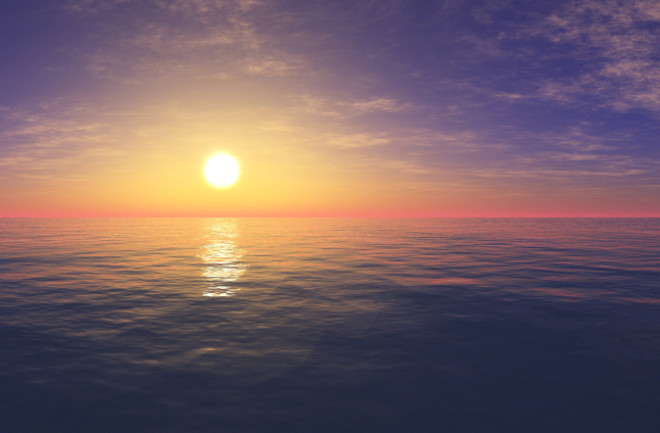In the search for potentially habitable worlds, astronomers have focused on Earth-like planets orbiting Sun-like stars. These rocky worlds have a similar radius and mass to Earth and must be warm enough to allow liquid water to exist on the surface.
But although astronomers have found a number of promising candidates—for example Trappist-1d or Proxima Centauri b, which both orbit nearby stars-- the necessary conditions are stringent and this significantly limits their number.








